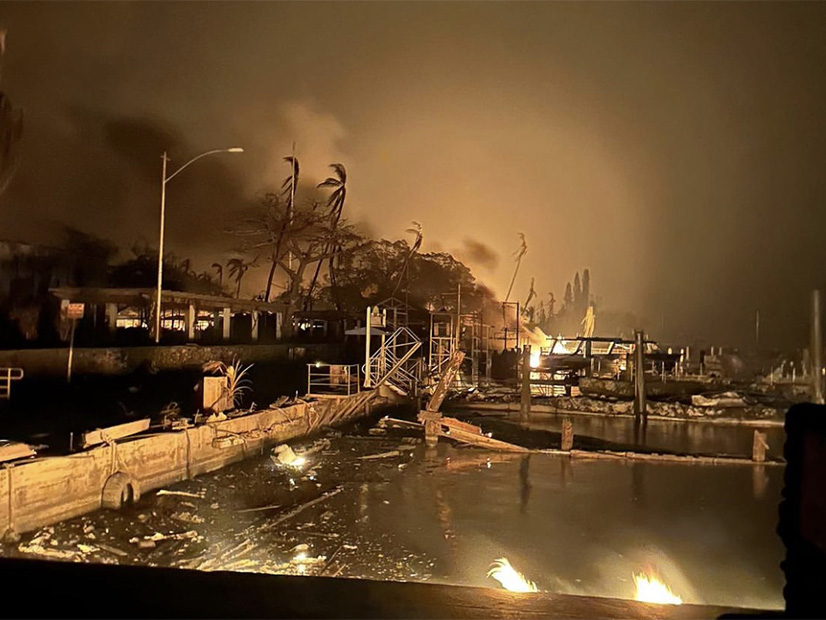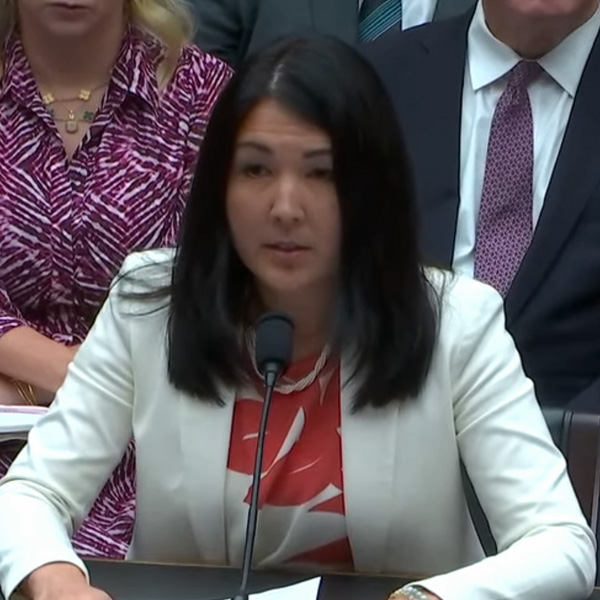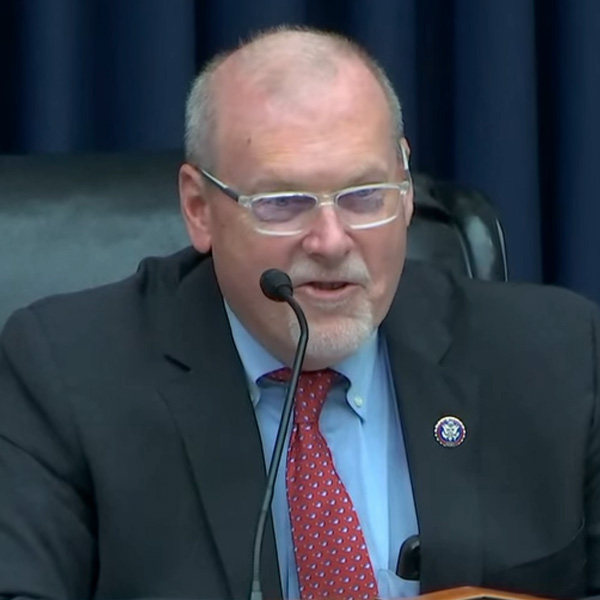Members of the House Energy and Commerce Committee’s Oversight and Investigations Subcommittee spent nearly two hours Thursday grilling Hawaiian Electric Co. (HECO) CEO Shelee Kimura on her company’s response to last month’s deadly wildfires on the island of Maui but had to accept deferred answers to many of their questions.
Kimura was joined for the hearing by Hawaii State Energy Office Chief Energy Officer Mark Glick and Hawaii Public Utilities Commission Chair Leodoloff Asuncion Jr. However, much of the focus of the hearing was on Kimura and her company, which has been accused of contributing to the fires — if not starting them outright — by neglecting required maintenance and by failing to power down its power lines and other electric equipment despite warnings of fire risk from the National Weather Service.
The Maui fires began Aug. 8 and have burned more than 3,000 acres on the island, including the historic town of Lahaina. According to Maui County’s latest update last week, the Lahaina fire was 100% contained, the Kula fire was 96% contained and the Olinda fire was 90% contained. Last month, estimates of the death toll stood at 113, but that number has been revised down to 97.
HECO and parent company Hawaiian Electric Industries are facing several lawsuits over their alleged role in the fires. Plaintiffs include the company’s shareholders, Maui County and residents of the island; several of the suits are seeking class-action status. (See Hawaiian Electric Faces Multiple Lawsuits over Wildfires.)
Questions About Handling of Risk
Throughout Thursday’s hearing, committee members pressed Kimura to explain HECO’s actions on the day the fires began and how the utility responded to the disaster, but the CEO repeatedly claimed not to recall specifics of the day’s events. Asked by subcommittee Chair Morgan Griffith (R-Va.) about HECO’s awareness of high winds Aug. 8, Kimura said the utility was aware of forecasts predicting 35-45 mph winds but could not recall when or if HECO learned the wind was gusting up to 80 mph. She promised to provide the information to the committee later.
Griffith compared the weather situation to officials in his home state preparing for snowstorms, noting that “even before the first flake drops, if they see significant weather, they shut the school systems down.” He reminded attendees that a downed power line was known to have ignited a fire near Lahaina the morning of Aug. 8 — although, as Kimura pointed out, this fire was marked extinguished by firefighters and the main Lahaina fire started hours later — and asked Kimura about HECO’s readiness.
“Already, because of the invasive plants, because of the wooden poles, because the lines weren’t insulated, [the area] was at risk,” he said. “These are all risks that were known — what was the decision-making process not to de-energize or turn the power off on these lines during that critical period?”
Kimura attempted to begin her answer with a reference to HECO’s creation of its wildfire mitigation plan in 2019. Griffith cut her off, saying that while he appreciated the “history” he was “trying to figure out what happened that day back in August.” However, the chair relented when Kimura explained that the decisions about whether to de-energize “were made years before as part of … our protocols,” when HECO concluded that a public safety power shutoff (PSPS) program such as those in California would not work in Hawaii’s “very unique” conditions and implemented “other protocols.”
Griffith asked if the utility would be reconsidering those protocols and possibly creating a PSPS program in light of the fire. Kimura conceded that HECO was “absolutely reexamining our protocols” but reiterated that the cause of the afternoon fire in Lahaina still has not been determined. She also reminded Griffith that the lines in the area were not energized when the afternoon fire started; however, when he asked how long the lines remained a danger to the public after shutoff, she again could not provide the answer, promising to supply it to him later.
Wildfire Protocols Questioned
Asked by ranking member Kathy Castor (D-Fla.) for more detail on HECO’s wildfire protocols, Kimura said they included disabling the setting that would automatically reclose a circuit in the event of a fault, so lines would not re-energize. Castor asked how quickly the utility implemented this protocol after becoming aware of the wildfire risk; Kimura said she could not recall specifically but believed it happened the morning of Aug. 8.
Kimura also could not recall when she first learned the line in the Lahaina area was down. Asuncion told Castor he was informed of fallen lines “basically on the afternoon of the 8th.”
Energy and Commerce Committee Ranking Member Frank Pallone (D-N.J.) asked Kimura about HECO’s participation in Maui County’s investigation into the fires. Noting that “it’s still important for the fire investigators to determine the role of these power lines,” he asked if the utility planned to cooperate with investigators. Kimura said HECO was “fully cooperating,” as well as running its own investigation.
Pallone followed up on her response, asking if HECO would commit to make the results of its investigation public. Kimura said only that the investigation would “take many months to get done” and that she was “sure that there will be more to talk about once we know the results.”
“Is there any reason why you wouldn’t make it public? You seem to be hesitating a little bit,” Pallone said.
“I think it’s just too early to speculate on what that is going to look like in the future,” Kimura replied. “We’re very focused on finding out what happened there, [and] to make sure that it never happens again.”




